Proactive food source
The image of farmers with sickles in hand and sacks on their shoulders, rushing to cut grass to feed their goats every day is gradually being replaced by silage bins full of elephant grass, corn, and cassava. This is not the result of a national science and technology program, but rather stems from the practical needs and the spirit of continuous learning of goat farmers.
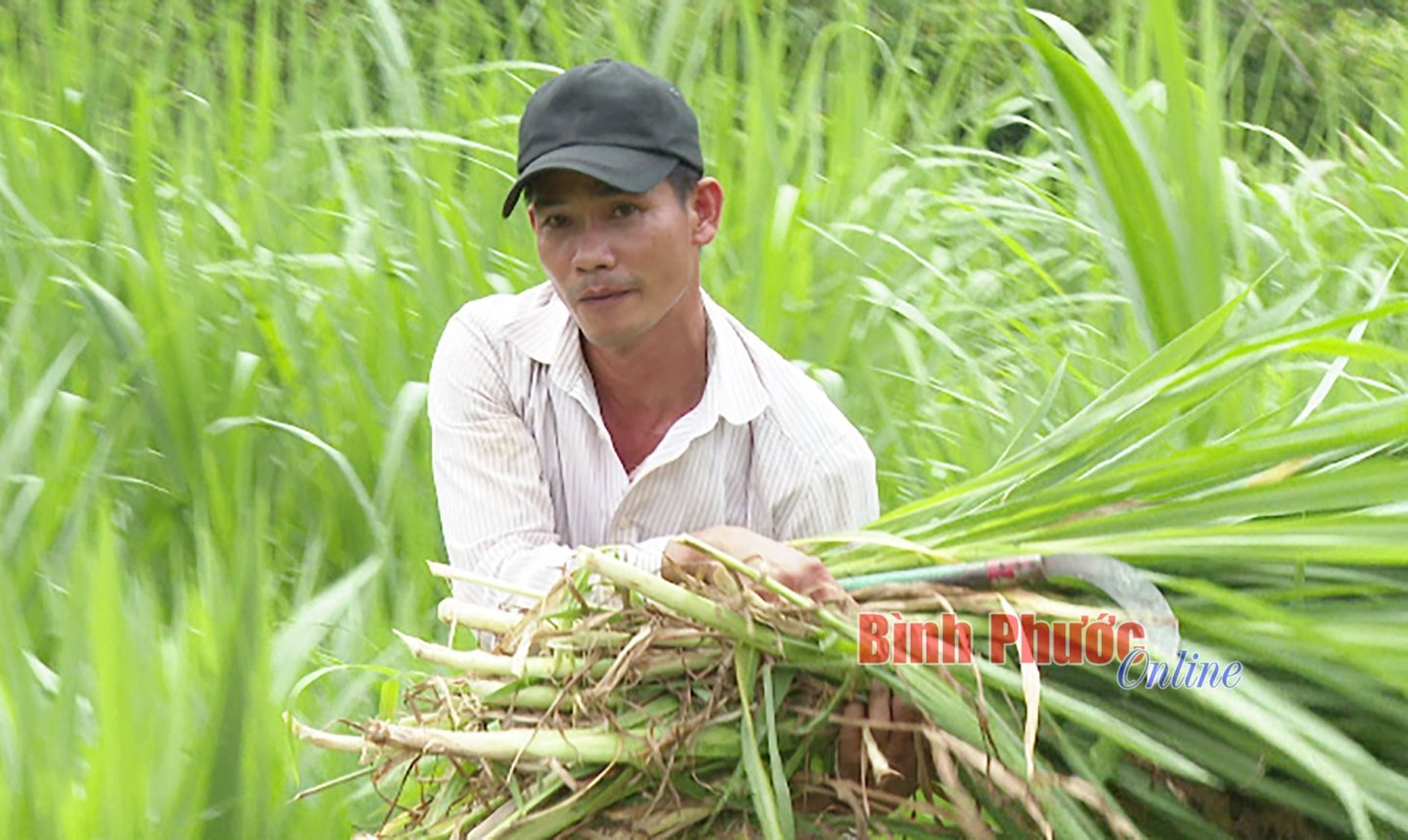
Previously, during the dry season or the long rainy season, Mr. Vo Van Ro's goats in Loc Hoa commune, Loc Ninh district often lacked food, were stunted, and susceptible to disease. But since learning how to ferment food, things have changed. Mr. Ro shared: "Before, every day I had to go cut carts of grass, acacia leaves, and neem leaves, which was very hard work, but only enough to feed a few dozen goats. Now, I only need to ferment elephant grass once to be able to store it for the goats to eat gradually for many months. Every day, I only need to take out enough portions to eat, saving me the trouble of cutting grass, and saving time and money."
Not only does this method reduce labor, it also helps farmers avoid depending on the weather and take the initiative in food sources. “Goats are very picky eaters. When it rains, the grass gets wet and the goats stop eating. But silage is always available, and the quality is guaranteed, helping the goats eat well and get sick less,” said Mr. Ro.
The method of fermenting goat feed is easy to implement, does not require high technology or complicated equipment. The ingredients commonly used for silage include elephant grass, corn, fresh cassava... chopped, mixed with molasses and fermented in a sealed container for about 10-15 days. Depending on the number of goats, brewer's dregs, soybean hulls, salt, digestive enzymes, vitamins and minerals are added when feeding. The biggest advantage of this method is that goat feed can be preserved for 3-6 months, even up to 1 year without mold or spoilage, helping farmers proactively store large amounts of feed. |
One of the pioneers and successful people with the model of fermenting goat feed is Mr. Trinh Vinh Tuan, owner of Tuan Hong goat farm in Tan Thanh commune, Bu Dop district. From the initial 10 goats in 2014, Mr. Tuan has now expanded the scale to more than 400 goats, with a barn area of more than 600m².
Mr. Tuan not only uses the traditional silage formula but also creates many new mixing formulas to optimize nutritional value. The main ingredients he uses for silage are young corn and elephant grass. Recently, he has also used fresh cassava as the main ingredient to ferment food for goats.
The special thing about Mr. Tuan's method is the ability to flexibly adapt to the market and time. In 2023-2024, when many households abandoned pepper to grow corn, he quickly took advantage of corn and elephant grass to make silage. In 2025, when cassava prices dropped, he switched to fermenting cassava instead, both saving money and taking advantage of local materials.
“At first, I only composted elephant grass. Seeing that corn was cheap, I bought some, then chopped it up and composted it. This year, fresh cassava is abundant, cheap, and rich in starch, so I composted more fresh cassava. I combined 100kg of cassava with molasses for 10-15 days, then mixed in 35kg of soybean hulls, 1kg of digestive enzymes, 100kg of brewer’s dregs and vitamins. This mixture is both cost-effective and ensures nutrition for the goats. It can be said that this is a “golden” solution in livestock farming,” Mr. Tuan shared.
Thanks to this method, each month Mr. Tuan only spends about 7 million VND on silage, more than 2 million VND on grass, bran and labor. Meanwhile, the goats gain weight steadily, each gaining 3-4 kg/month, have few diseases, and have stable digestive systems. With the current goat price, Mr. Tuan earns 50-70 million VND per month.
According to Mr. Tuan, the silage method requires farmers to follow the correct techniques. Specifically: Other ingredients such as soybean hulls, beer lees, digestive enzymes, etc. should be mixed with the fermented cassava. Because cassava after fermentation is highly acidic, feeding too much to goats can easily damage the stomach, leading to diarrhea. Clean ingredients must be selected, not moldy or rotten, otherwise it will damage the fermentation process, causing poisoning to the goats. During the silage process, the barrel must be tightly compressed and sealed to prevent air from entering and causing damage. In addition, goats have a straight intestine, so yeast needs to be added to aid digestion and increase absorption efficiency.
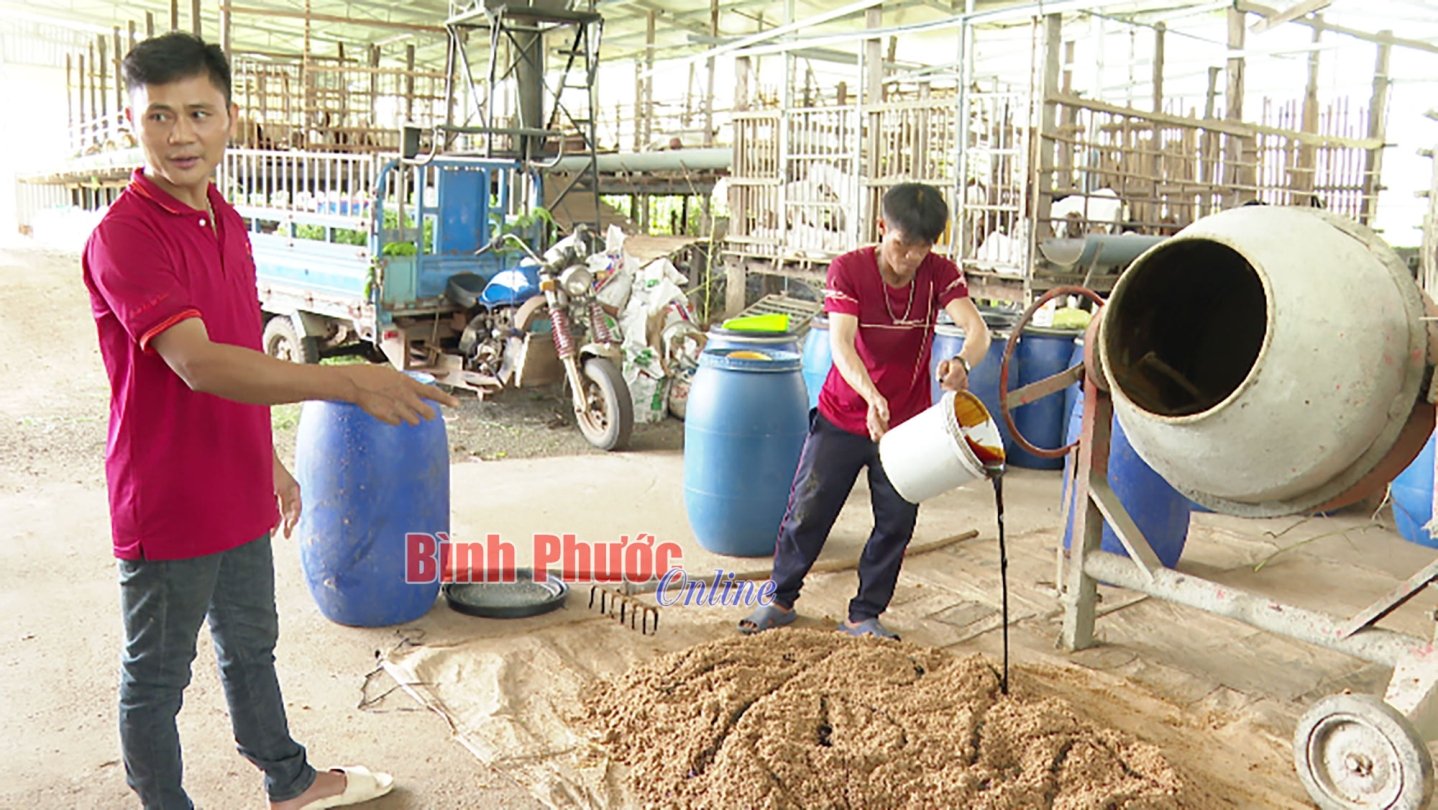
Sustainable direction
In addition to economic efficiency, the silage model also brings many long-term benefits. Utilizing agricultural by-products such as acacia leaves, sweet potato vines, beer dregs, etc. helps reduce organic waste in the environment. At the same time, goats eating silage will digest better, have less disease, and reduce the use of antibiotics - one of the important requirements for developing clean and safe livestock. On the other hand, this model is also suitable for small-scale households with little labor. With a few silage bins and basic knowledge, anyone can do it.
The model of fermenting goat feed is not only a temporary solution in difficult times but is gradually affirming a sustainable and effective direction for the livestock industry. By making the most of locally available raw materials, farmers not only save costs but also take the initiative in responding to market fluctuations, reducing dependence on industrial feed.
From the economic stories of Mr. Vo Van Ro, Mr. Trinh Vinh Tuan, etc., it can be seen that today’s farmers know how to observe, be creative and dare to experiment to adapt to reality. In the current agricultural context, the spirit of initiative, creativity and cost savings is the “key” for farmers to confidently stick to the land and the profession.
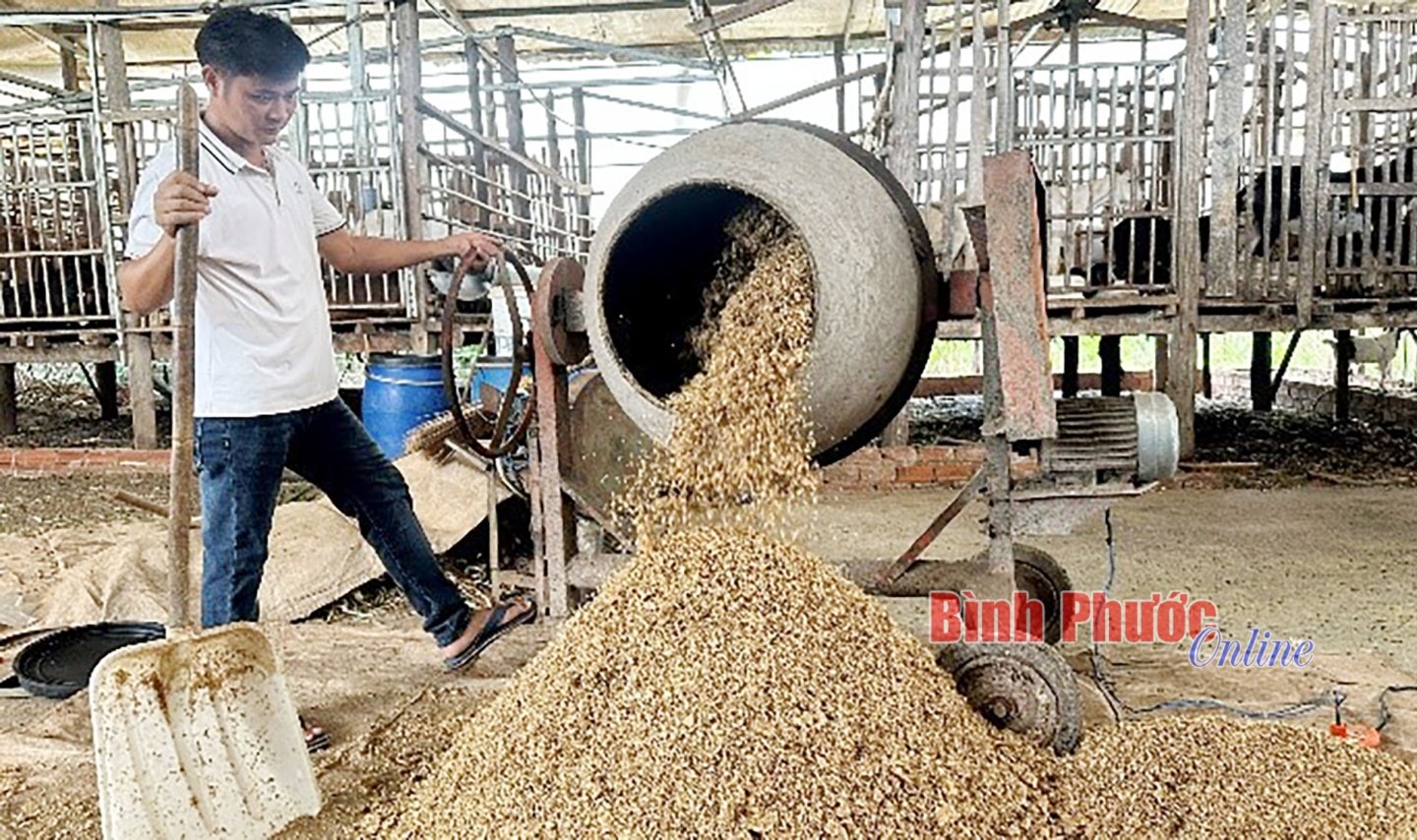
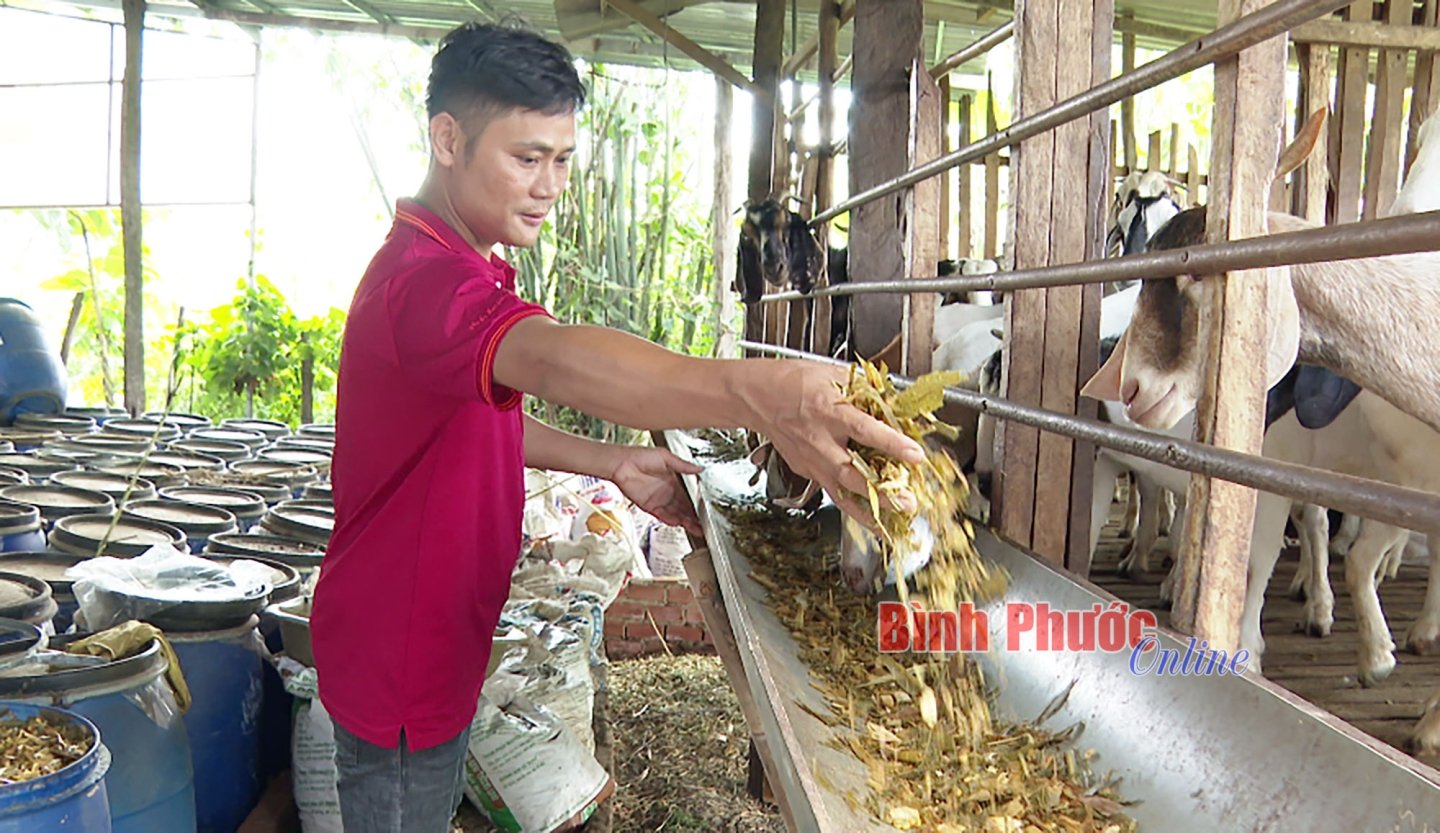
Source: https://baobinhphuoc.com.vn/news/9/173296/giai-phap-hieu-qua-trong-chan-nuoi-de


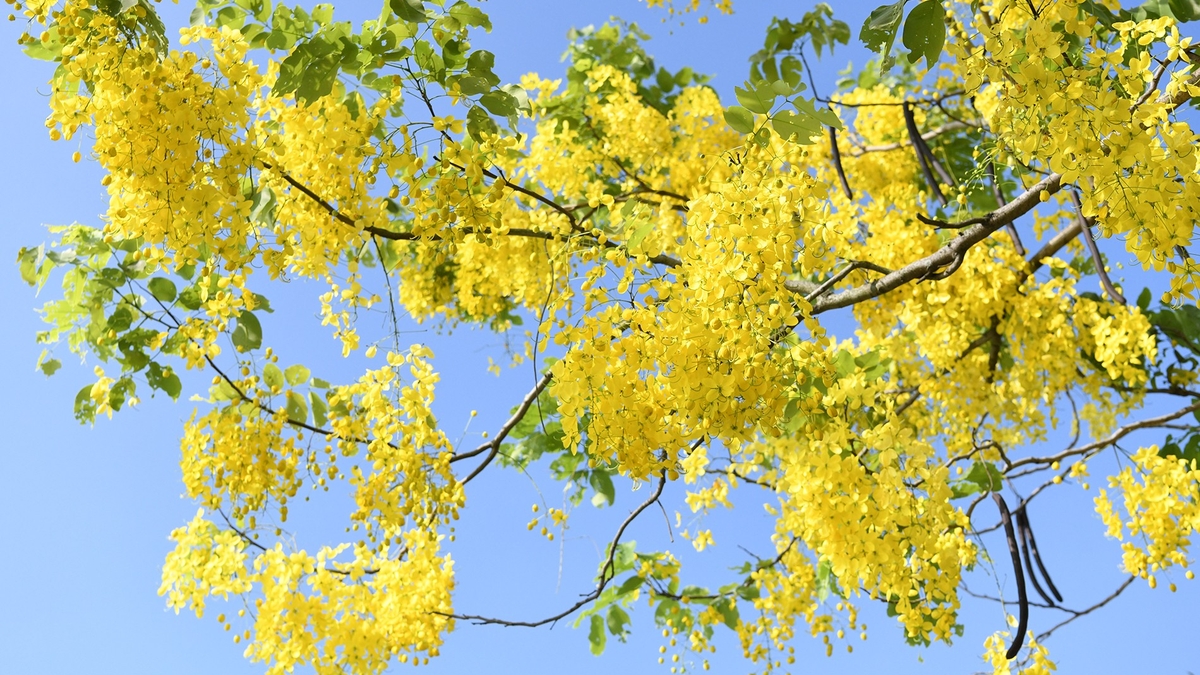



![[Photo] Prime Minister Pham Minh Chinh meets with Hungarian President Sulyok Tamas](https://vphoto.vietnam.vn/thumb/1200x675/vietnam/resource/IMAGE/2025/5/29/dbcaa73e92ea4448a03fe1d0de6d68e8)
![[Photo] Vietnamese and Hungarian leaders attend the opening of the exhibition by photographer Bozoky Dezso](https://vphoto.vietnam.vn/thumb/1200x675/vietnam/resource/IMAGE/2025/5/29/94d8ceca5db14af3bf31285551ae4bb3)


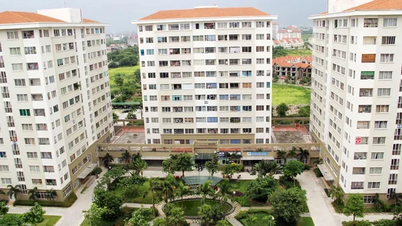



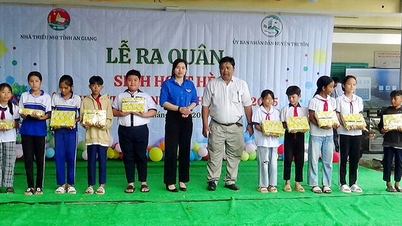

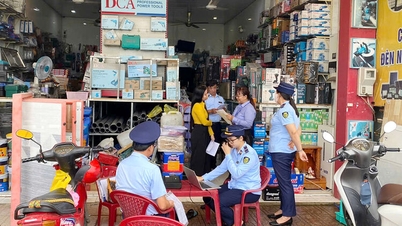





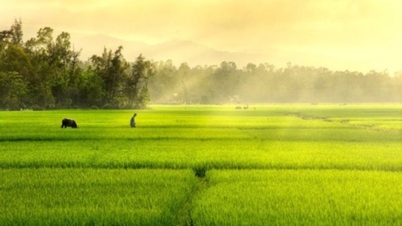
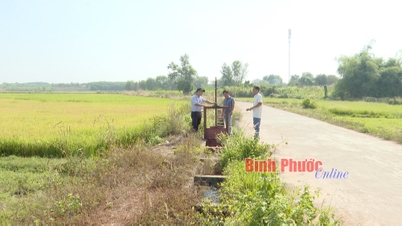




![[Photo] Prime Minister Pham Minh Chinh receives a bipartisan delegation of US House of Representatives](https://vphoto.vietnam.vn/thumb/1200x675/vietnam/resource/IMAGE/2025/5/28/468e61546b664d3f98dc75f6a3c2c880)










































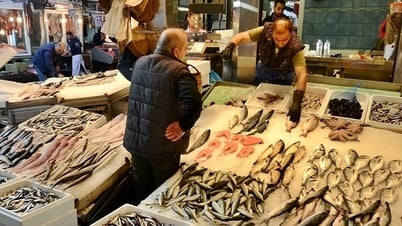


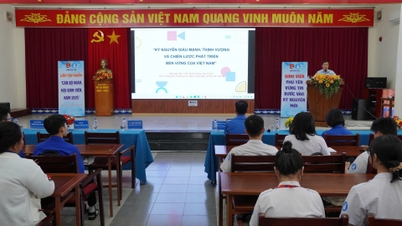


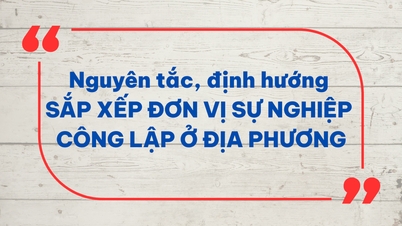
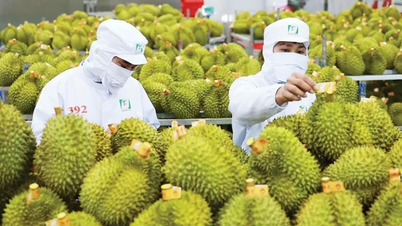

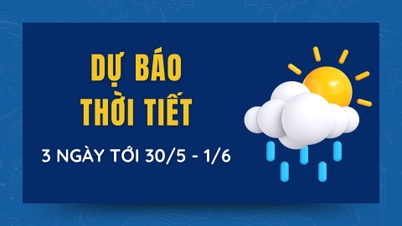









Comment (0)